A selection of Manchurian visas
And a brief biography of a diplomat.
September 18th 1931 was a crucial date in the history of modern China. From this month onwards, starting with Asia and ending with Europe, events would spiral from a regional conflict into a world war.
The above mentioned date marks the Japanese invasion of North-Eastern China, a region known as Manchuria (a point needs to be made here: prior to the invasion, the Japanese had an enclave in the Dalian peninsula,
Port Arthur, called Guan Dong Zhou Ting (关东州厅) ceded to them following the Russo-Japanese war of 1904-1905, which was a Russian naval base).
The Japanese, using it as an excuse, staged an assault on a railway track owned by them, the South Manchurian Railways, later to be known as the Mukden Incident, to invade North-Eastern China. This led to the establishment of Manchukuo. The new state began to function and run like any other country: separate banks were erected (side-by-side to existing Chinese banks), issuing of currency and postal stamps as well. Manchuria became Manchukuo after it “gained” independence on February 18th 1932, with Puyi being its head, but in fact it was controlled by the military and Japanese officials who actually ran its economy & foreign relations (from 1908 the last emperor of Imperial China was Puyi. He continued to live in Beijing, the Forbidden City, but later he moved to Tianjin, to a Japanese concession, from 1925-1931 (after being expelled from the former). He was declared emperor of the Manchurian Empire in 1934 and his “reign” lasted until 1945, the year Manchuria was liberated by the Red Army).
The League of Nations received the Chinese official protested printed report, printed by the Foreign Ministry press at Nanjing, in 1932. Detailed accounts of Japanese actions were included, covering many subjects and issues following the invasion and its effect on the local population, and this lead to the ultimate decision by the League of Nations (after accepting the Lytton Report) to reject Japans claims and explanations and to take China’s side on the matter. Japan withdrew its membership from the League of Nations in 1933.
In spite of the League of Nations’ approach, the new state was diplomatically recognized by the following countries (according to year):
El Salvador (1934), Dominican Republic (1934), Soviet Union (1935), Italy (1937), Spain (1937), Germany (1938) and Hungary (1939); and after Pearl Harbor by the following: Slovakia (1940), Vichy France (1940), Romania (1940), Bulgaria (1941), Finland (1941), Denmark (1941), Croatia (1941), Thailand ( 1941) and the Philippines (1943).
(Other nations opened diplomatic offices in Manchuria, for example Estonia, with its consulate in Harbin issuing passports to its citizen living there).
Functioning like a normal country, with foreign representation in Harbin, Manchukuo also opened consulates abroad. Sampled images here will give you a “taste” of such offices abroad, in Germany and in China proper itself (although China did not recognize Manchukuo, the two did open offices in order to promote communications, trade and transportation ties; this could explain the stamps of “ Office of the Manchukuo Trade Commissioner” in Shanghai and Beijing found inside passports).
One of these visas is personally signed by the Manchukuo Trade Commissioner posted at Shanghai:
Wang Qingzhang – 王庆璋 (Chinese native)
Brief biographical history of this individual:
Born on June 12th 1894 ; he graduated from the Tokyo Technical High school in 1917, majoring in chemistry, then returning back to China in 1921; he held several posts in the coming years, for example: translator while being posted at the army HQ in Harbin and more. After the Mukden incident, he held different posts within the Manchurian government: Worked in the offices of Ministry of Civil affairs, appointed mayor to the city of Mukden (1935), Ministry of Construction Industry (1937) and a member of the European economic diplomatic corps. He arrived in Shanghai as trade commissioner in early 1939, and this could explain why the relatively low numbered visa (10) is actually hand signed personally by him on April 18th of that year and not rubber-stamped as in later issued visas. Later posts were Postmaster General to Manchuria in 1942 and Manchuria’s highest representative in the Philippines in 1944.
Today, such visas are becoming rarer and they reflect a part of history that molded Asia into what it is today: the ramifications of 20th Century conflicts and wars are still felt today.
Thank you for reading “Our Passports”.




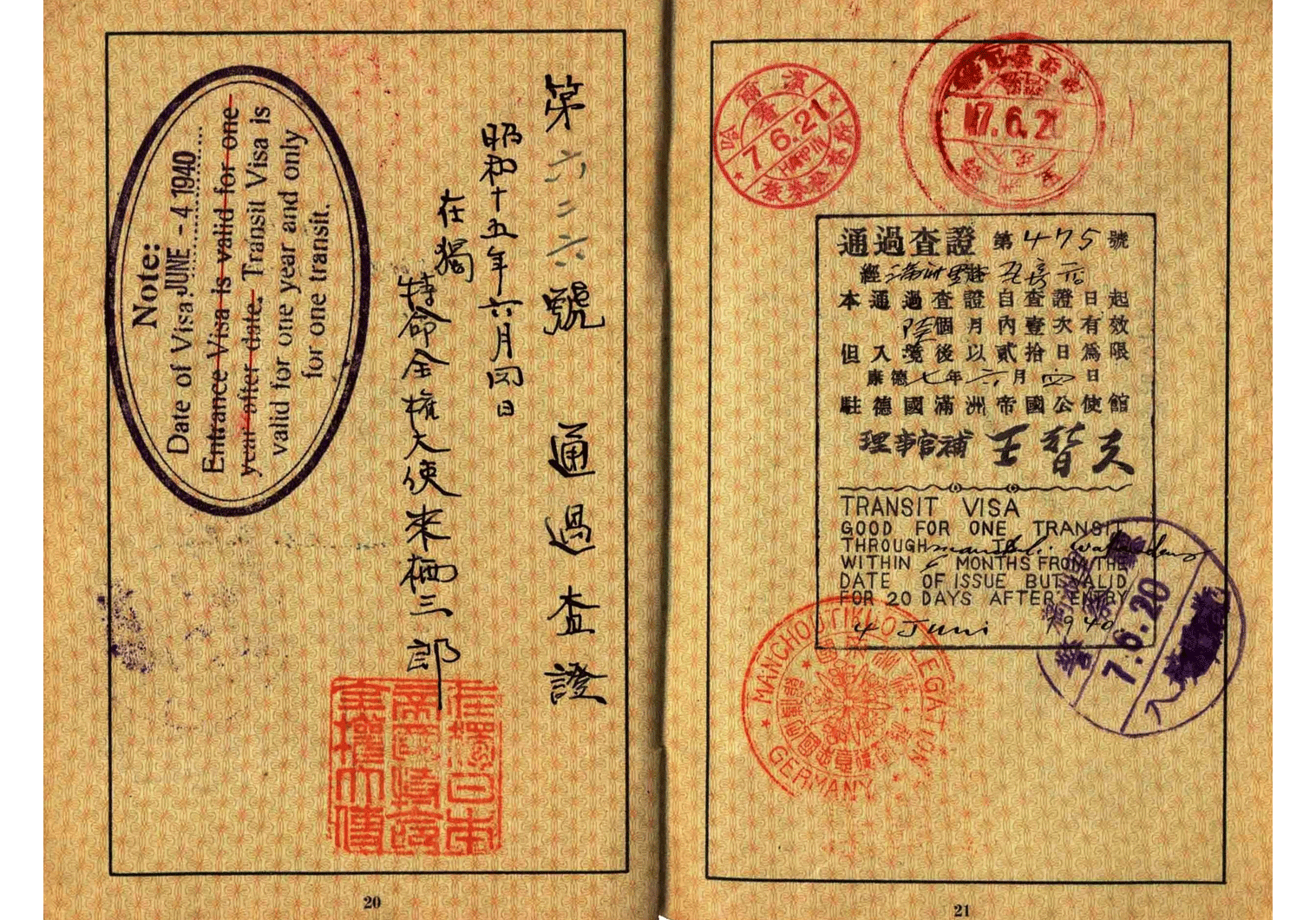

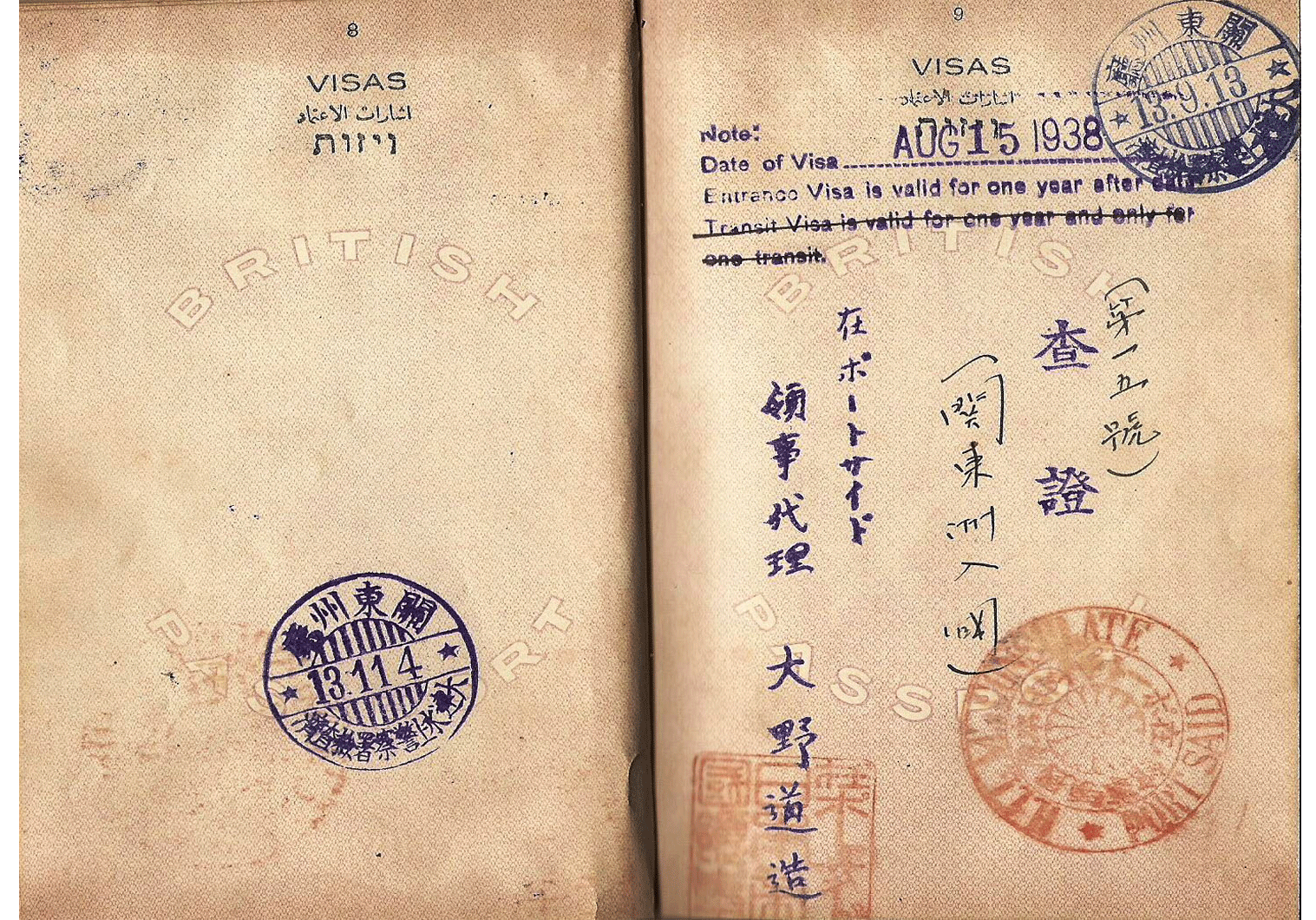

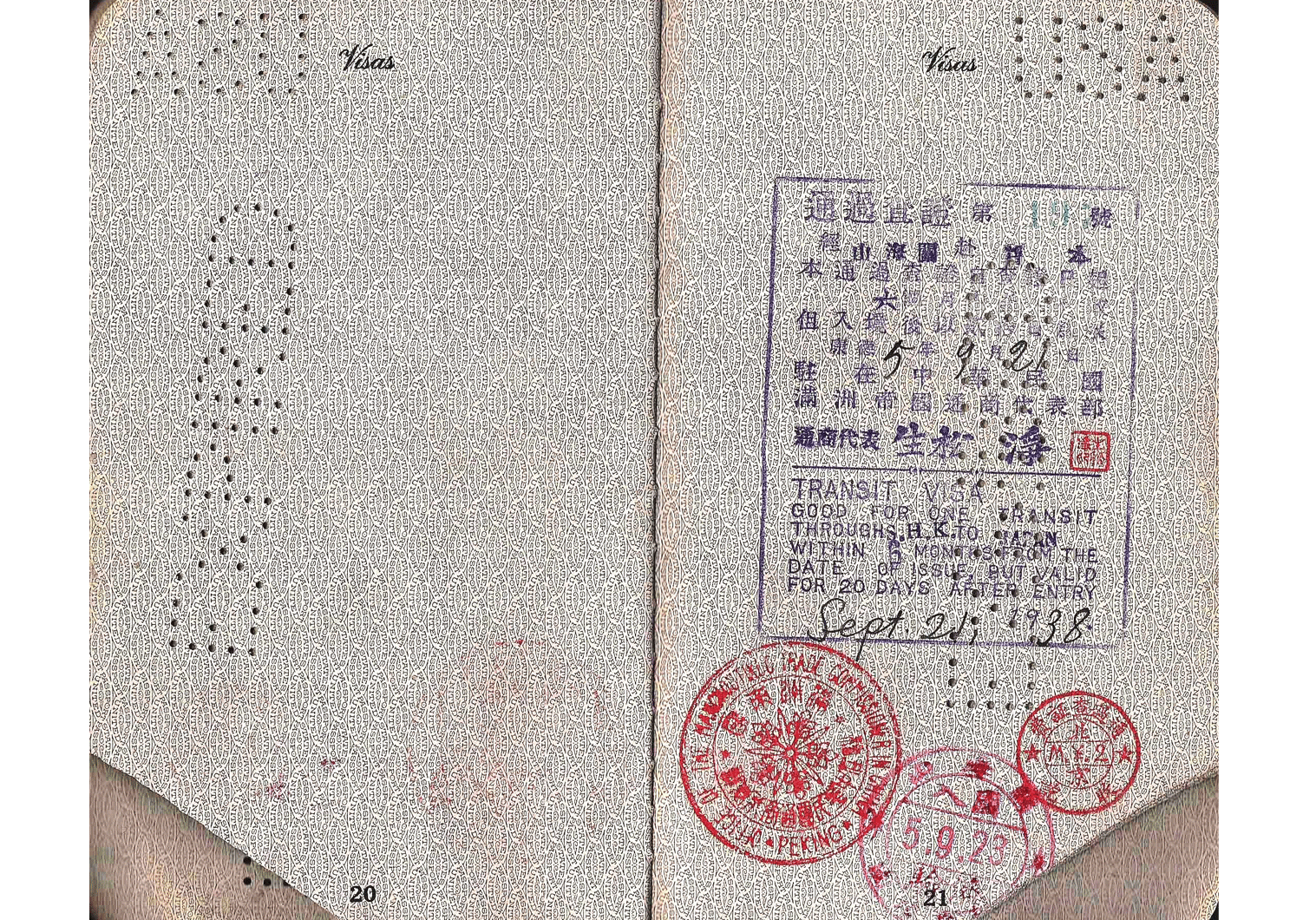
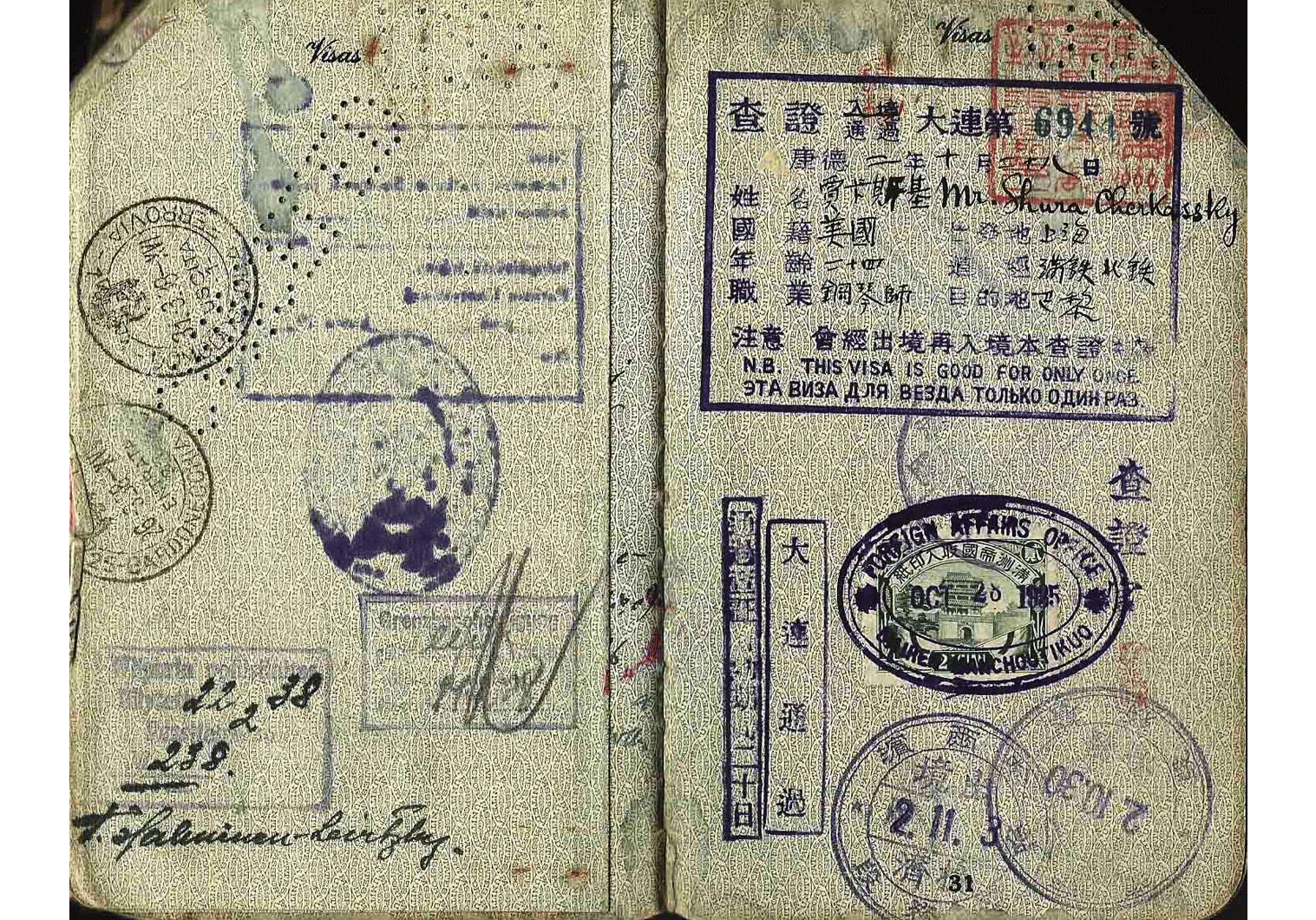


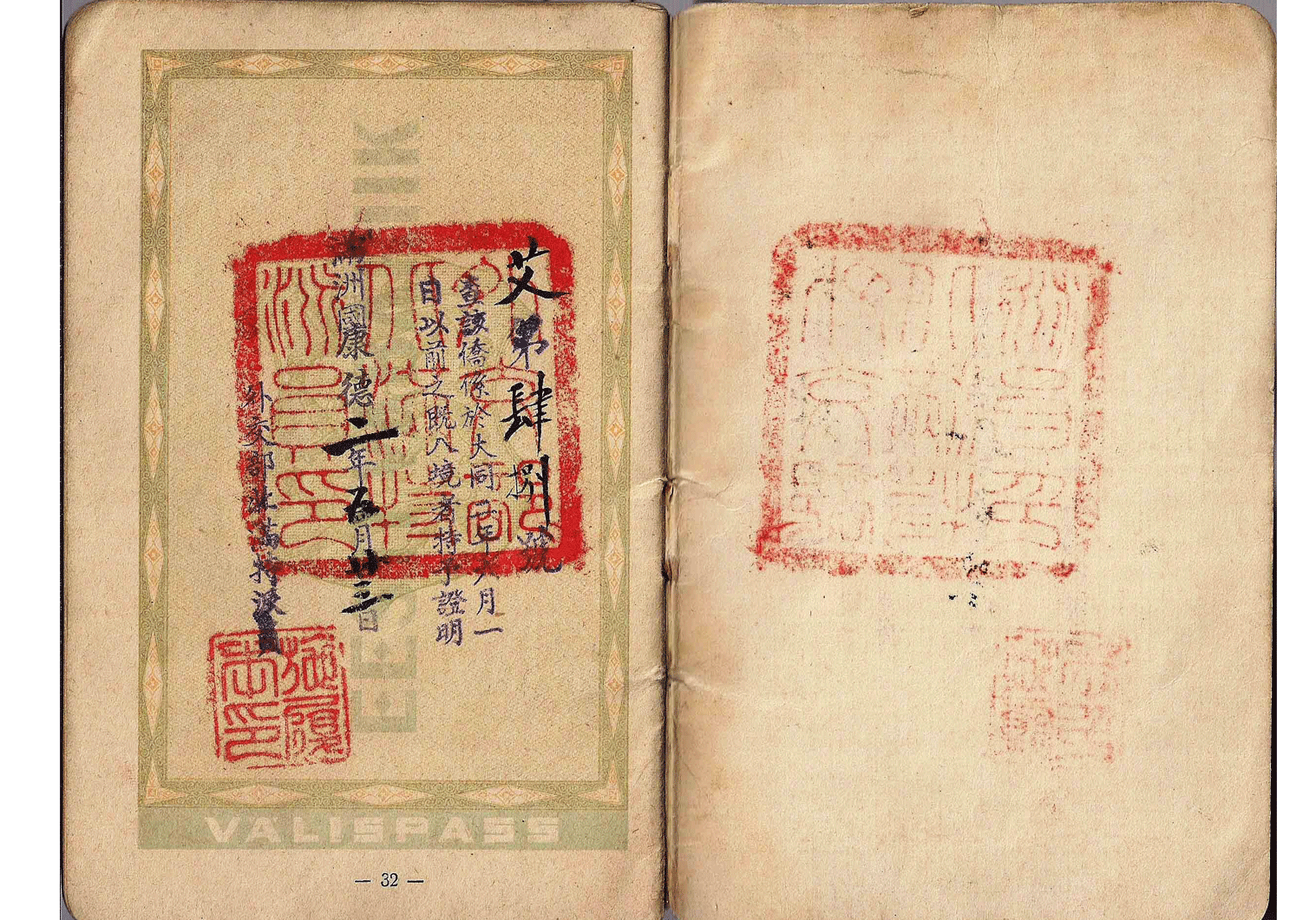
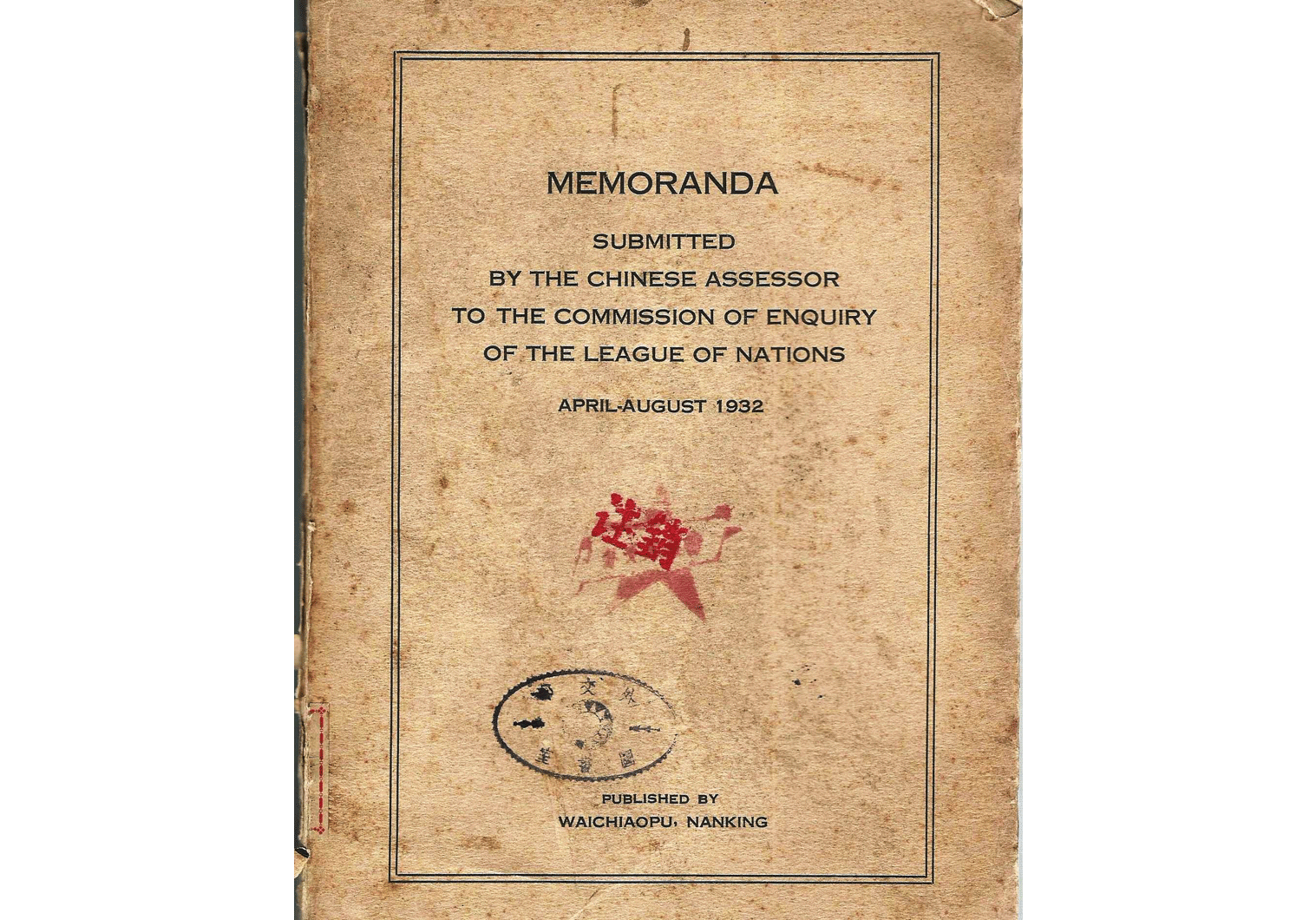


eduardo salta
Is manchukuro passport a legal travel document?
Neil
Hi Eduardo,
First, to wish you a Happy Merry Christmas!
Manchurian passports and/or travel documents were legal travelling documents, depending what TYPE and for what AREA they were valid and issued for.
The Manchurian government (puppet state run by the Japanese) issued several travel papers: for internal use and as movement permits inside the districts of the “country”; they issued also travel documents for locals who wanted to enter China proper or Chinese occupied territory. They also issued proper passports for travel abroad: to foreigners or locals for business, family reunions, studies etc.
If there is a specific item you want me to look at, please send me an email to neil@ourpassports.com
Thanks again for the question and Happy Holidays!
Rgrds,
Neil
Wenbo
“and in China proper itself (although China did not recognize Manchukuo, the two did open offices in order to promote communications, trade and transportation ties; this could explain the stamps of “ Office of the Manchukuo Trade Commissioner” in Shanghai and Beijing found inside passports).”
Well, I am afraid this is not a correct description. Clearly you misunderstood something here.
if you check the issue date of the visa carefully, you will find the two that issued by the trade commissioner were in 1938 and 1939. By then Shanghai and large part of the proper China had been under Japanese control already.
The core part of Shanghai by then, was under control of British-US at that time in form of “international Settlement” till Dec 1941.
In a addition, of the visa issued at port said was by Japanese not Manchukuo